20 Ways to Fix 100% Disk Usage on Windows 10 PC – Getting 100% disk usage on Windows 10, will make the computer hang and freeze. Find your system drive running at 100%. Surely this is impossible, right? In fact, the latest versions of Windows have issues with overworked drives, which slow down the operating system.
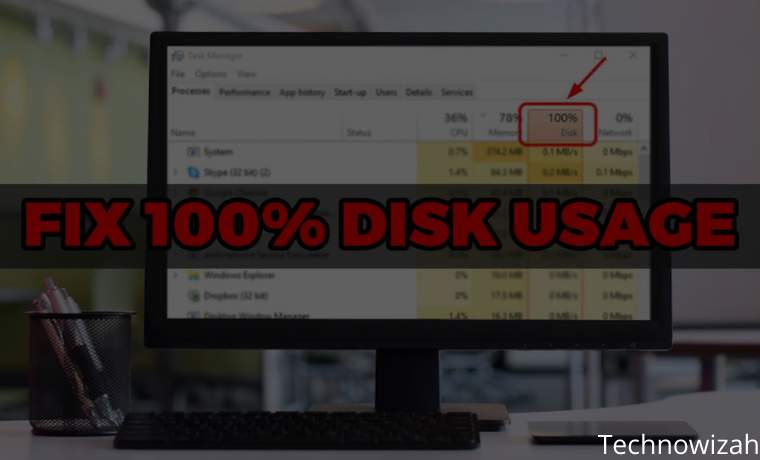
How to Fix 100% Disk Usage on Windows 10 PC Laptop 2024
This issue affects both hard disk drives (HDDs) and solid-state drives (SSDs). But you guys take it easy, there are some fixes available to overcome 100% disk usage. But first, you need to know the cause of the problem.
Read more:
- 20 Best Windows 10 Themes Cool And Free Desktop
- 5 Ways to Fix You Need Permission To Perform This Action
- 7 Ways to Fix Error Code 0x80070005 In Windows PC
- 8 Ways to Fix Stop Code Memory Management in Windows 10 PC
#1. Check Using Task Manager
This performance issue is most obvious when trying to use Windows Search to find a file or program, and anything else that requires the drive to do some work (perhaps copying and pasting a group of files).
To determine if this is an issue affecting you when your computer is slowing down press Ctrl + Alt + Del and select Task Manager (Alternatively, right-click on the Taskbar and select Task Manager ).
On the first tab, Processes, look for the Disk column. If you’re having issues with drive performance, it should be 100% and shaded in red to indicate whether or not you have a problem.
Troubled sectors on your HDD can cause 100% disk usage issues in Windows 10. However, using Windows built-in disk check can fix it.
Open Windows Explorer and select This PC, then identify your hard drive. Right-click on C: and select Properties. Here, look for the Tools tab, and under Error-checking click on Check.
In the resulting window, click Scan drive. Wait while the system scans the drive. A reboot may be required for a full disk repair. It has to deal with errors.
#2. Scan Using Anti-Virus Apps
As with any performance issue, the first thing to do is to confirm that your computer has not been infected with malware. Your security software should be able to handle this, whether it’s a free or a paid app.
At the very least, a tool like Malwarebytes Anti-Malware should be able to scan your system drive and detect any issues, although, with a heavy load on your drive, this may take some time.
If a threat is found, use the recommended software to remove it and reboot. Next, check the performance of your drive further. Hope you guys have solved this problem, if not then malware is not the cause so read on.
#3. Perform a Clean Boot on Windows 10
Clean Boot State is used to diagnose and troubleshoot advanced Windows problems. “Clean Boot” starts Windows with a minimal set of drivers and startup programs so you can determine if background programs are interfering with your system’s performance. If you have never done a clean booth, now is the time to learn.
Use Win + R to open the run box, then type MSConfig and press “ Enter ” to open “System Configuration.”
Click the “ General ” tab, then click “ Selective Startup ” Clear the “ Load Startup Items ” checkbox, and make sure “ Load System Services ” and “ Use Original boot configuration ” are checked.
Click the ” Services ” tab. Select the “ Hide all Microsoft services ” checkbox. Select the item and then select “ Disable all “.
Click “ Apply/OK ” and restart the computer. This will put Windows into a Clean Boot State.
If you find that everything loads fine on a clean boot, then slowly enable each startup program one by one until you determine which program is causing the slowdown. You can then delete or disable it. For starters, always start by disabling third-party anti-virus/anti-malware programs as those programs can have a tendency to access the disk at any time.
#4. Uninstall Anti-Virus Applications If You Use Windows Defender
By default Windows 10 has a security application for its operating system, namely Windows Defender. But often users install third-party anti-virus applications, this is good for keeping your privacy safe. But this will be a problem if the computer/laptop used has outdated components.
This can lead to excessive disk usage and many other problems. As a result, this can also be the cause of 100% disk usage in your Windows Task Manager. Consider removing an antivirus or anti-malware program like Norton, Kaspersky, AVG, Avast Behavior Shield or Malwarebytes, etc.
#5. Disable Windows Search For Improved Disk Performance
The next thing to check is whether the disk usage 100% error has something to do with Windows Search.
A bug in Windows 10 resulted in a “search loop” which caused an increase in the load on the system drives.
To stop this and prevent it from happening open Windows PowerShell (Admin). You will find this by right-clicking the Windows 10 Start menu.
Enter the command:
HKEY_net.exe stop "Windows search"
To permanently disable Windows Search or Indexing, press WIN + R, enter services.msc, and press Enter. In the Services window that opens find the Windows Search entry and double-click it to open the Windows Search Properties window.
Under Startup type, select Disable. Here you can click Stop to cancel the service. Click OK to save your changes.
Sometime after disabling Windows Search, your Windows 10 performance will improve greatly. If not, continue…
#6. Disable SysMain To Fix 100% Disk Usage in Windows 10
Another Windows 10 feature identified as a potential cause of the 100% disk usage issue is the superfetch service. Since Windows 10 1809 (Windows 10 October 2018 Update) it has been renamed to “SysMain.”
To prevent this service from causing disk usage issues, open another Windows PowerShell (Admin) and enter:
net.exe stop sysmain
Again, wait a while to check if this has any impact on your computer’s performance. You should also run Check Disk:
chkdsk.exe /f /r
You will be notified that your PC must be rebooted for Check Disk to complete, so make sure you have closed all your applications first.
Or you can use the third-party software AOMEI Partition Assistant Standard, which simplifies things in a few clicks. With this tool, you can check a single partition, or check the entire disk.
This software allows you to check based on the partition and disk type according to your situation. No bundled devices and 100% clean. If this doesn’t work, continue to the next step.
#7. Check Is Flash Causing 100% Disk Usage Bug?
Flash remains one of the most vulnerable aspects of modern computing and should be disabled. Adobe plans to shut down multimedia plugins in 2020, so there’s little reason to stick with it.
Flash also seems to be one of the most common causes for 100% hard disk usage on Windows 10 if you use the Google Chrome browser.
Go to Menu > Settings > Privacy and security and click the section marked Site Settings. Here, search for Flash and set the switch to Block sites from running Flash, then click Back.
Restart the browser and check your HDD performance.
#8. Use the Control Panel To Delete All Web Browsers
Maybe it’s not Flash that affects your browser’s performance. Another cause could be the browser itself.
You can use Control Panel to delete all browsers, except Edge and IE (Internet Explorer). Uninstalling the browser is an effective way to isolate issues with plugins.
Otherwise, you will need to remove the plugins one by one from each browser and test them. Adobe Flash and Shockwave Player are the usual culprits of 100% disk usage on Windows 10.
Fortunately, the browser can be reinstalled in seconds. After uninstalling the browser, please delete files including ‘Temp’, ‘%Temp%’, and ‘Prefetch’. After that, restart the system and check if the problem is solved. If it does, wait 10-15 minutes to verify that it doesn’t reoccur, and you can reinstall the browser.
#9. Fix 100% of Disk Usage Due to Skype
Another widely used app that can also cause 100% of your HDD usage: is Skype.
To find out and disable its OTT resource requirements, start by checking if the software is not running. You can do this by looking in the Task Manager, or checking the System Tray. If Skype is running here, right-click the icon and select Quit.
Next, press WIN + R and paste this address into the box:
C:\Program Files (x86)\Skype\Phone
Click OK to find the Skype.exe file and right-click this and select Properties. On the Security tab click Edit, then select ALL APPLICATION PACKAGES.
Put a checkmark next to Write in the Allow column and finish by clicking Apply, then OK. Return to Task Manager to see the changes. No difference? Keep reading…
#10. Fix StorAHCI.sys Driver Driver
Some drivers don’t run well enough in Windows 10. One that has been found to be causing 100% HDD usage is the StorAHCI.sys driver, which has a firmware bug. StorAHCI.sys is intended for storage devices connected to a PC or laptop motherboard via the Advanced Host Controller Interface PCI-Express. If you have gone so far without success, this could be the cause of the problem.
Open Device Manager (use Windows 10 search, or right-click This PC in Windows Explorer, then Properties>Device Manager ) and expand IDE ATA/ATAPI Controllers. If the AHCI Controller entry is listed, double-click it, then go to the Driver tab and select Driver Details.
Is the driver listed as C:\Windows\system32\DRIVERS\storahci.sys? If so, you may be affected by this bug.
Close the driver details box and switch to the Details tab, select the Device instance path from the drop-down menu. Where Value is listed, right-click, and select Copy. Run your text editor (like Notepad) and Paste in the content.
Next, press WIN + R and type Regedit, followed by the OK button. Navigate to this address: HKEY_LOCAL_MACHINE\System\CurrentControlSet\Enum\PCI\ and use the pasted string above to open the correct AHCI Controller, followed by a random number.
After finding the correct AHCI Controller, then navigate to Device Parameters\Interrupt Management\MessageSignaledInterruptProperties.
There you will see supported MSIS listed in the right pane. Double-click this, then change the Value data: to 0. Click OK to confirm and follow the instructions to restart Windows.
#11. Clear Steam Cache?
Enjoy the game and have Steam installed? There is a high chance that this digital sending system is causing 100% disk usage.
Usually, this is due to update delivery, causing the background downloader to get stuck in a loop. Clear the Steam cache to fix it.
First, make sure you have logged out of Steam. Where Steam is the likely cause of the 100% disk usage error, it may hang when you try to exit. In this case, use Windows 10 Task Manager to close the software. Next, open the run box by pressing the WIN + R keys and enter
steam://flushconfig
You will see a dialog box, notifying you that the content will be deleted.
Click OK to continue. Note that games and saves will be preserved, so there is no risk of being deleted.
#12. Disable Diagnostic Tracking In Windows 10
Finally, it’s worth considering the impact of diagnostic tracking on Windows 10. A feature you may have disabled for privacy reasons, as it causes 100% HDD usage on many PCs.
In terms of reducing hard disk drive usage, it is quicker to disable the DiagTrack service. If this is the source of the 100% disk usage error in Windows 10, you can stop the service from launching.
However, to do this, you have to access the Command Prompt in administrator mode.
Do this by clicking Start and typing cmd in the search box. Wait for the results and right-click Command Prompt, and select Run as administrator.
Enter this command to disable and stop DiagTrack:
sc config "DiagTrack" start= disabled sc stop "DiagTrack"
Additionally, you might also go to Settings > System > Notification & actions and disable Get tips, tricks and suggestions as you use Windows. Doing so has been shown to improve things.
#13. Windows Update Can Cause 100% Disk Usage
Apart from affecting the changes you make to your PC while fixing the 100% disk usage issue, Windows Updates can also be the cause. This usually only happens when Windows Update has a problem (which is usually caused by a file refusing to download). You have two options here:
- Let the computer Update Automatically — close all your open applications and wait. Eventually, the file will be downloaded, but depending on how Windows Update is scheduled on your computer, it may require a reboot.
- Shut down your computer— once you’ve done that, restart it and wait for Windows Update to resolve the issue.
Once the update has finished downloading, we recommend running it as soon as possible. Remember to check the previous fix for 100% disk usage before proceeding, as noted above.
#14. Reset Virtual Memory
Virtual Memory is a combination of RAM and hard disk space and can be responsible for overusing your HDD. If there is not enough RAM to perform the task, HDD is used to increase RAM. Data that is moved to the HDD is then returned to RAM when needed.
If you’ve come this far and you haven’t solved the 100% disk usage issue, it might be a good idea to reset your Virtual Memory.
Go to the System screen with Windows + Break/Pause, then Advanced System Settings on the left. In the resulting box, select the Advanced tab, then under Performance click Settings.
Here you will find another Advanced tab, which has a section labeled Virtual memory. Click Change and clear the checkbox to Automatically manage the paging file size for all drives.
Staying at this screen, select your Windows drive (usually C 🙂 and then Custom size. Here, add the Initial size and Maximum size. Note both are measured in MB rather than GB.
These numbers can be confusing, so with the first value, rely on the suggested options. For the maximum value, aim for a number no more than 1.5 times your system RAM.
For example, a computer with 4GB of RAM should have no more than 6.5GB (6144MB). With the value input, click Set, then OK to continue. You now need to delete the temporary files that have been used in the previous virtual memory allocation.
Do this by opening the Run box ( Win + R ) and then entering “temp”. When the temp directory opens, select all files ( Ctrl + A ) and tap Delete on your keyboard.
#15. Enable High-Performance Mode
One last thing to try is changing your Windows power settings. The standard power mode is more prone to the 100% disk usage bug but switching to high performance often fixes the problem.
The downside, of course, is that your computer will use more power. Thanks to the modern processor design this shouldn’t be a big problem. However, desktop replacement notebooks and laptops can affect battery life.
To change to high-performance mode, open the Power & sleep screen with WIN + X > Power Options. Here, click Additional power settings, select High performance, then OK.
If this is not the option shown, you will have to create your own custom power plan. Click Create a power plan, then select High performance. Name the plan, set the personal settings you need, and select it as the power plan to use. In a few moments, the 100% disk usage issue will drop to less than 10%.
#16. Install the Latest SATA Drivers
Your Windows 10 computer will almost certainly use a SATA connection for hard drives, SSDs, and optical drives. If the drivers are not up to date, disk usage errors may occur. Avoid this by upgrading to the latest SATA drivers.
Open the Power User menu with WIN + X and select Device Manager. From here, expand Storage controllers, then identify the correct controller for your SATA device. If you can’t do this, don’t worry about updating both.
To update, right-click on each controller and select Update driver.
Select the Browse my computer for driver software option, then Let me pick from a list of available drivers on my computer. Here, select Standard AHCI Controller and see how it affects performance.
You may need to reboot Windows for this to take effect. Note that if it doesn’t work, you can still try this by checking the manufacturer’s website for new drivers. It can be installed using the instructions that came with it or you can use a third-party app like Driver Booster.
#17. Firmware Upgrade For SSD
If you have an SSD installed on your machine and are experiencing 100% disk usage issues, it’s most likely a firmware issue. SSDs are very fast and unless you have some program accessing your disk all the time, they shouldn’t be at 100% for more than a few seconds. Here are some links to SSD firmware updates for some of the major brands: Crucial, Samsung, Kingston, Intel, and OWC.
#18. Replace/Upgrade the Hard Disk
A hard disk that develops too many bad sectors on it will mostly send your computer into a loop with high disk usage. Or, your computer’s hard disk may be too old to function properly, even though there is a lot of unused space.
However, your computer works like a turtle and consistently reports 100% disk usage. If your motherboard supports the use of an SSD, I suggest you use an SSD, you will see a very drastic difference between the two, so you don’t want to go back to using a hard disk anymore.
#19. Upgrade RAM
Another thing you should check is to see how much RAM you have installed on your computer. Because Windows 10 can run on older devices. This is fine, but you need to make sure your computer has a decent amount of RAM, which means no less than 4 GB.
You can also open Task Manager and click on Performance then click on Memory.
As you can see, the admin has 4 GB of memory and about 3.5 GB is in use. This means if you have 2 GB of RAM on your computer, all the memory will be exhausted. Everything that cannot be entered into memory is mapped to the hard disk. So basically Windows will use your hard disk as a temporary memory device.
If you have a lot of data to write to disk, it will cause your disk usage to spike and your computer to slow down. If you notice that the line in this graph is close to the top, then it means that you may need to upgrade the RAM in your computer.
#20. Replace the PC Power Supply (PSU)
There is a possibility that your computer hardware is causing the 100% disk usage problem in Windows, especially the PSU. If the disk usage issue can be attributed to excessive disk activity, then there may be a power-related cause. 100% disk usage has been seen on a Windows 10 laptop running on battery. Once plugged into the power adapter, the problem was solved. Similarly, the problem has been shown to subside once a new PSU is installed in a desktop PC.
Read more:
- 7 Ways to fix Unspecified Error 0x80004005 In Windows 10
- 6 Ways to Fix PAGE_FAULT_IN_NONPAGED_AREA in Windows 10
- 8 Ways to Fix Steam Can’t Open on Windows 10 PC
Conclusion:
Simply put, there is little reason for your disk loading to be anywhere near 100%, certainly not under normal use. A slow computer is a computer with a problem, and if you can’t fix it by disabling browser plugins, stopping the service, or you’ve confirmed that there are no viruses on your computer, then the problem may be hardware related.
Maybe your drive is getting old, it may be damaged, or the cable may need to be replaced. Alternatively, it is possible that the problem is connected to the Windows defrag tool. But I still hope that hopefully, one of the solutions above will work for you guys.
Don’t forget to bookmark and always visit Technowizah.com every day because you can find here the latest Tech Computer Android games How-to Guide Tips&Tricks Software Review etc, Which we update every day.


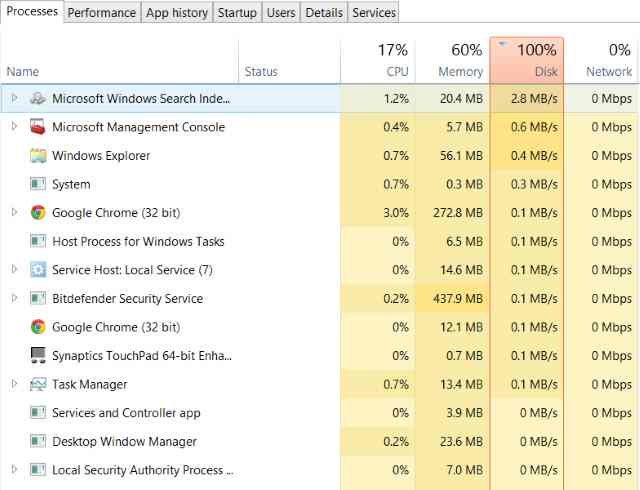
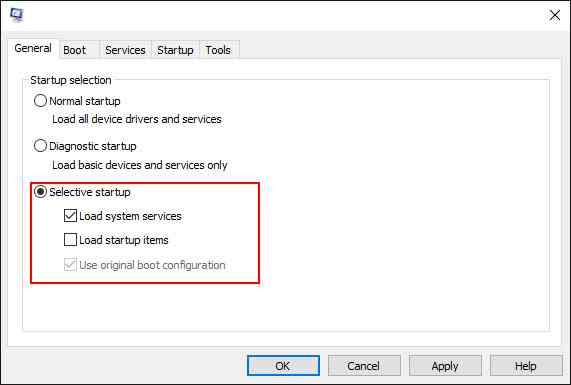
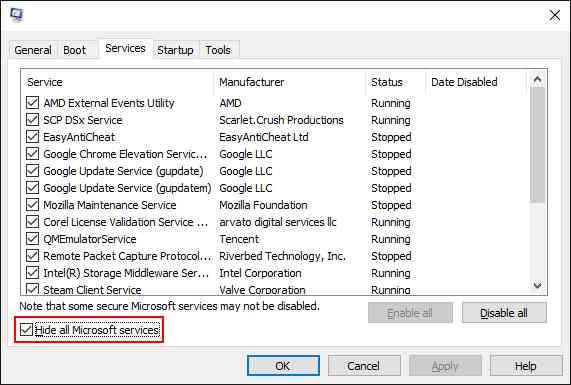
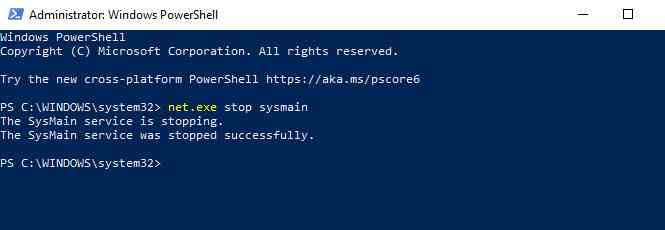
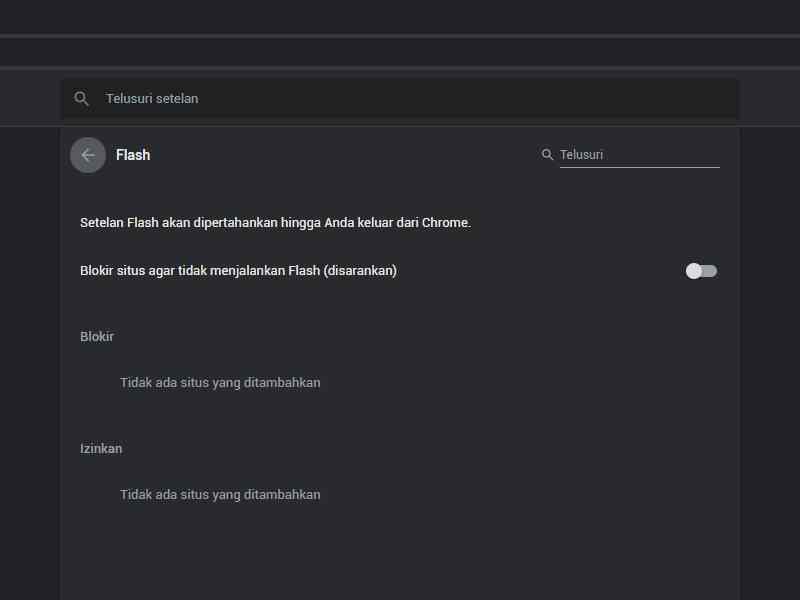
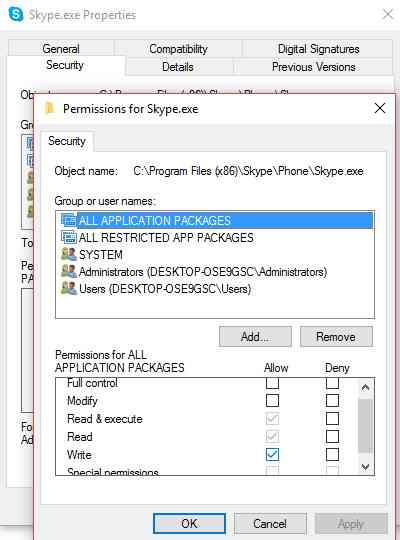
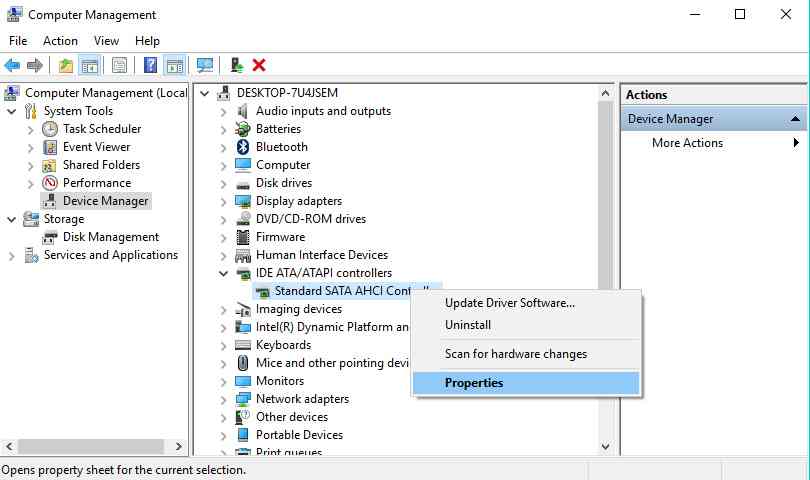
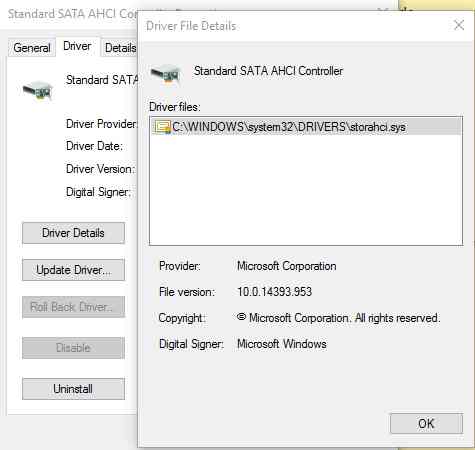
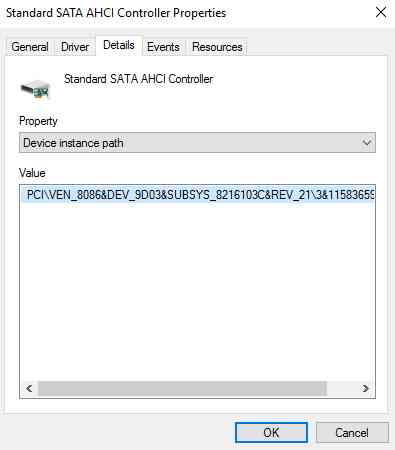
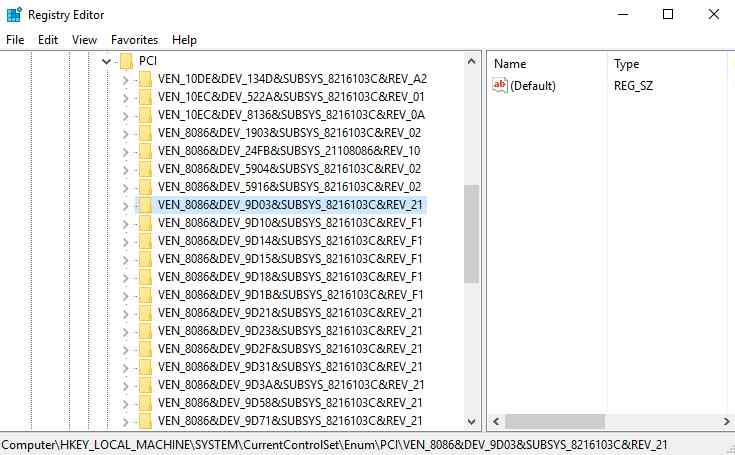
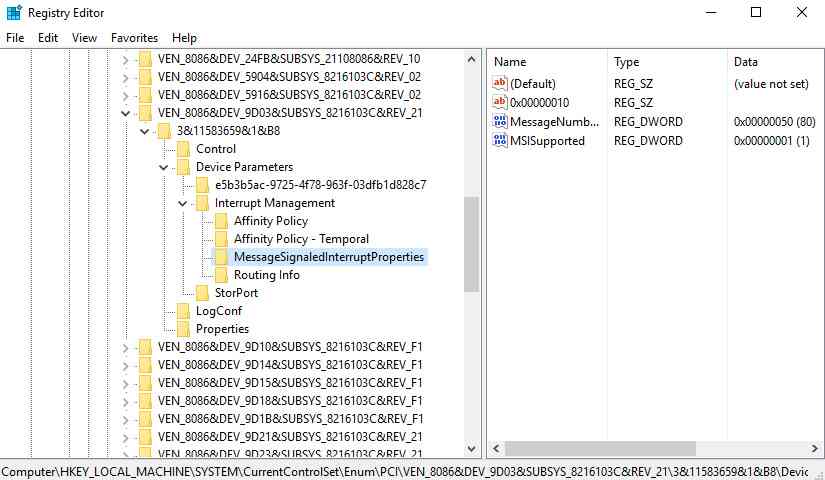
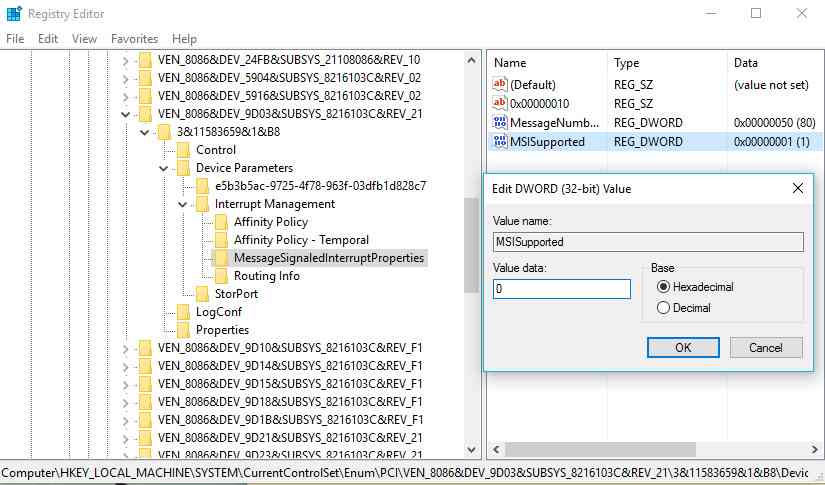

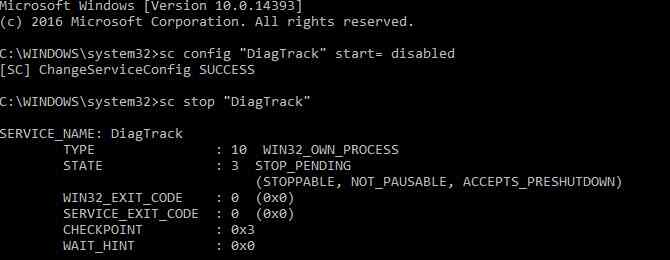
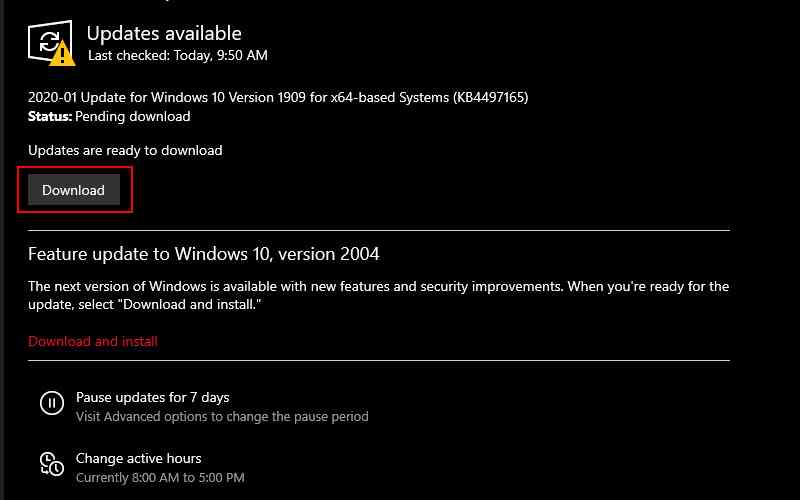
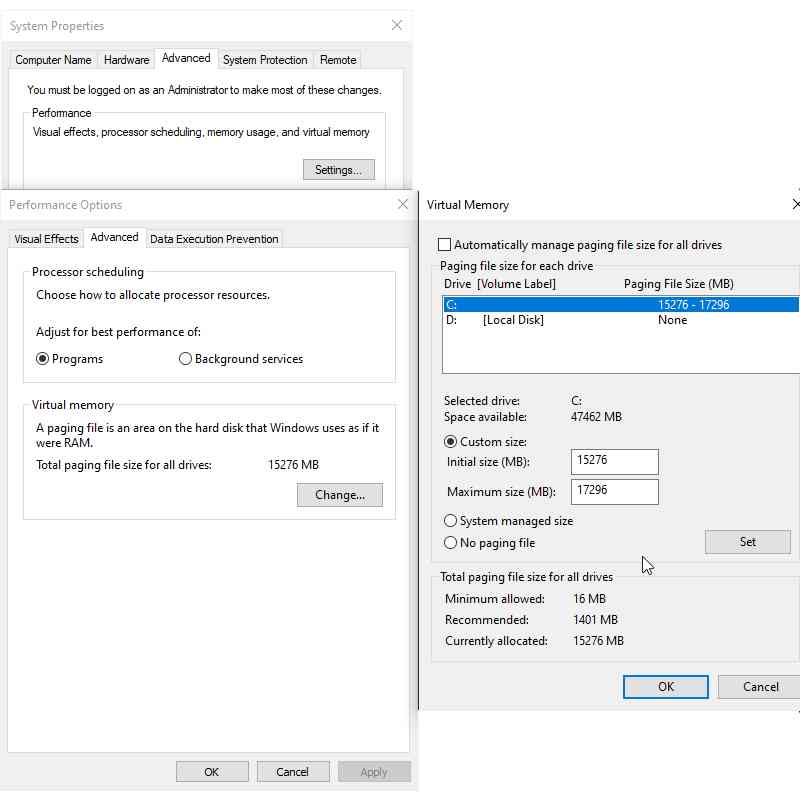
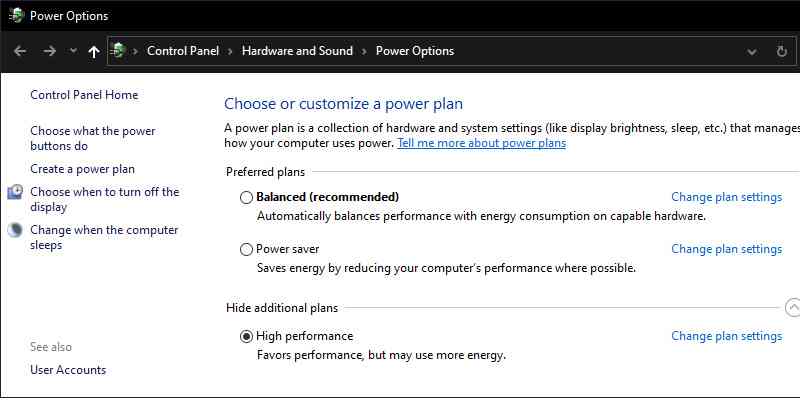
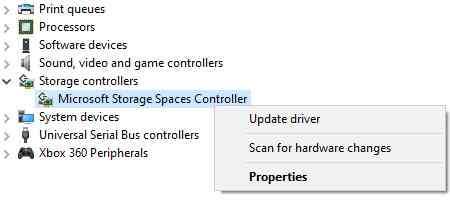
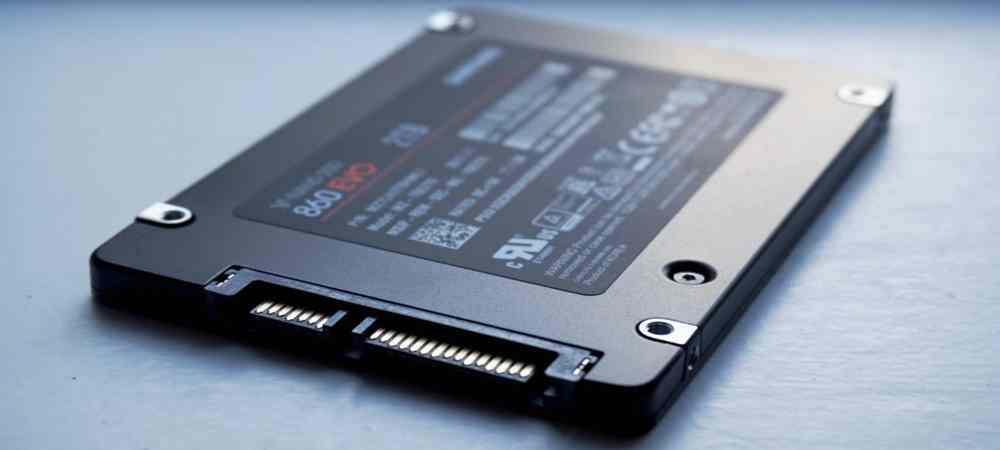
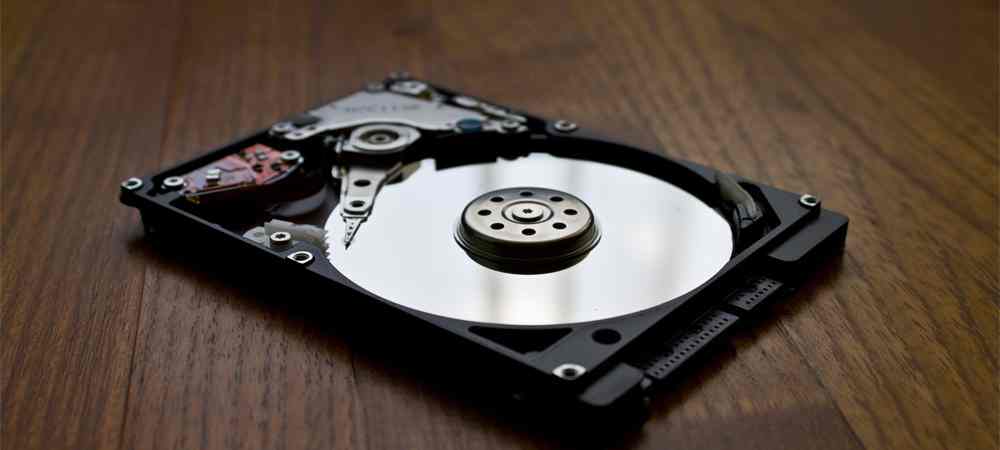
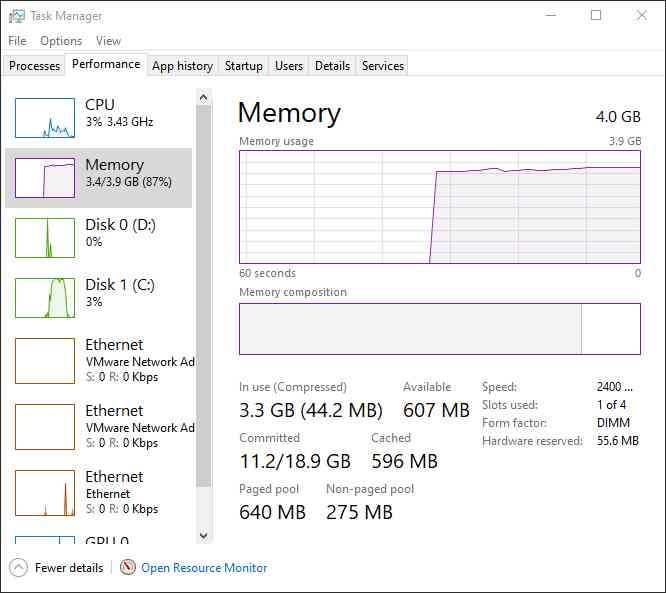
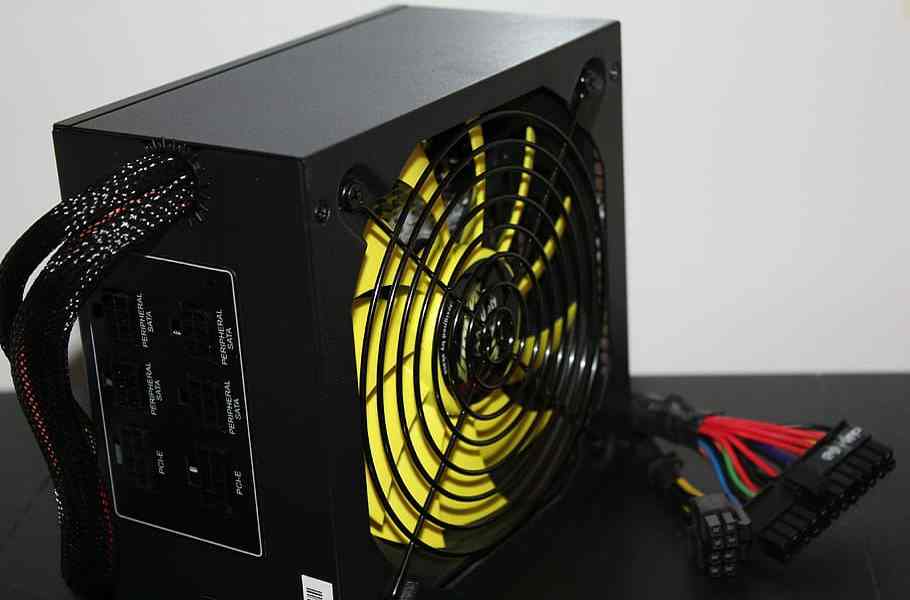


![6 Ways to Fix System Thread Exception Not Handled in Windows 10 [2024] 6 Ways to Fix System Thread Exception Not Handled in Windows 10](https://technowizah.com/wp-content/uploads/2021/07/6-Ways-to-Fix-System-Thread-Exception-Not-Handled-in-Windows-10-218x150.jpg)






![10+ Ways To Take Screenshot on Asus Laptop Windows 10 [2024] How To Take Screenshot on Laptop and PC Windows](https://technowizah.com/wp-content/uploads/2020/06/How-To-Take-Screenshot-on-Laptop-and-PC-Windows-100x70.jpg)
